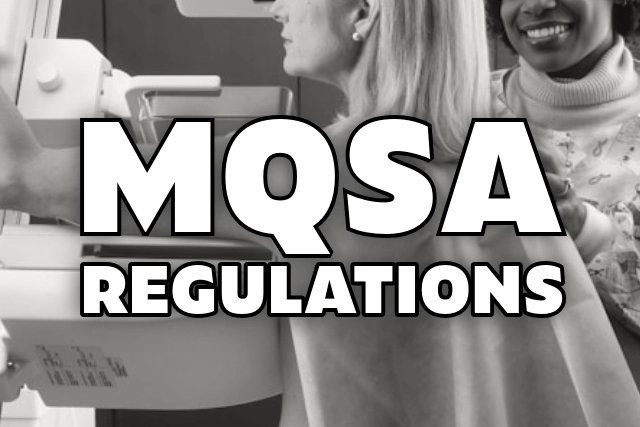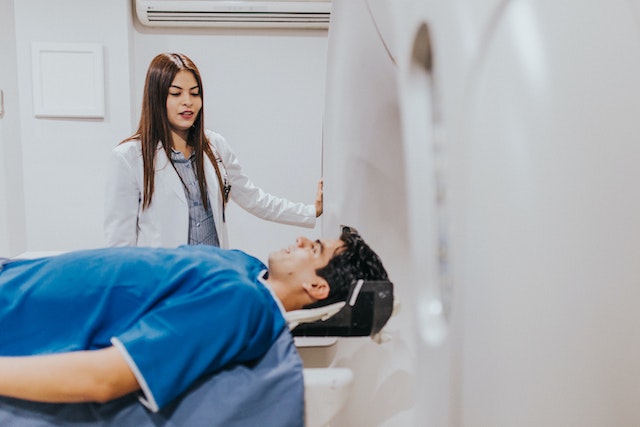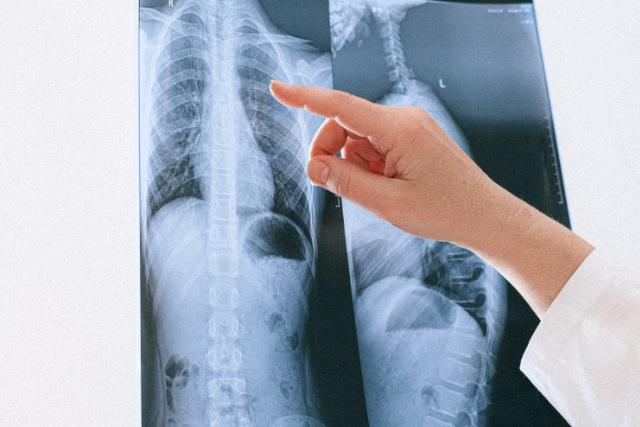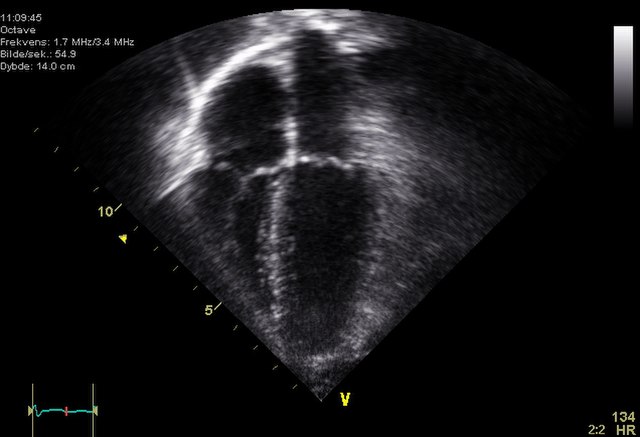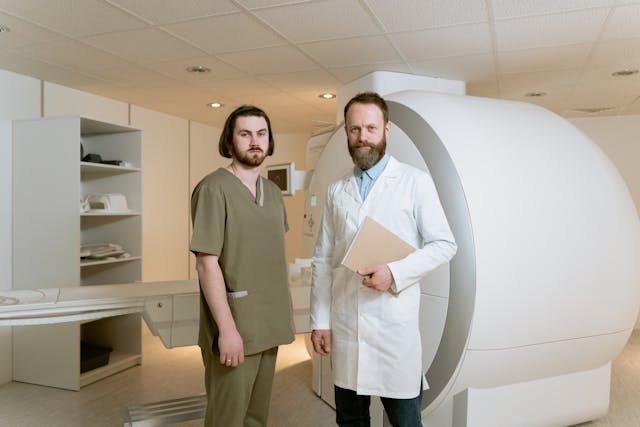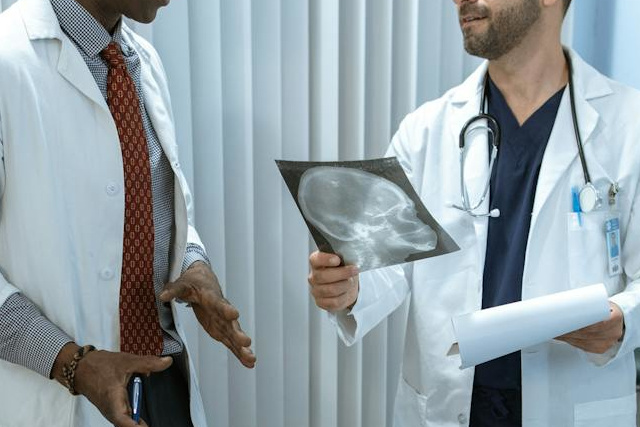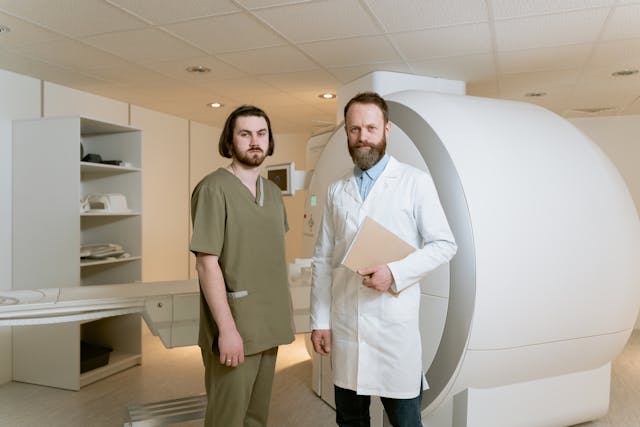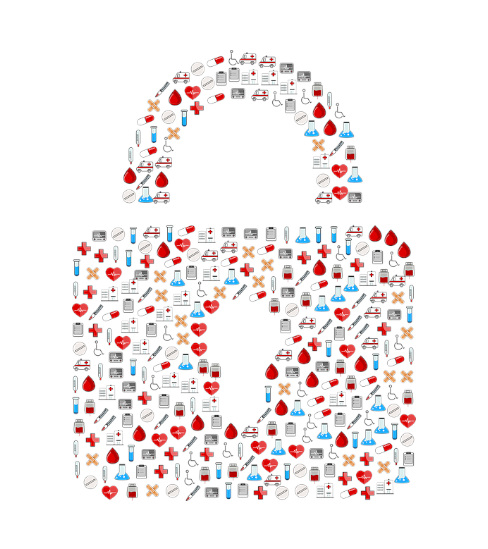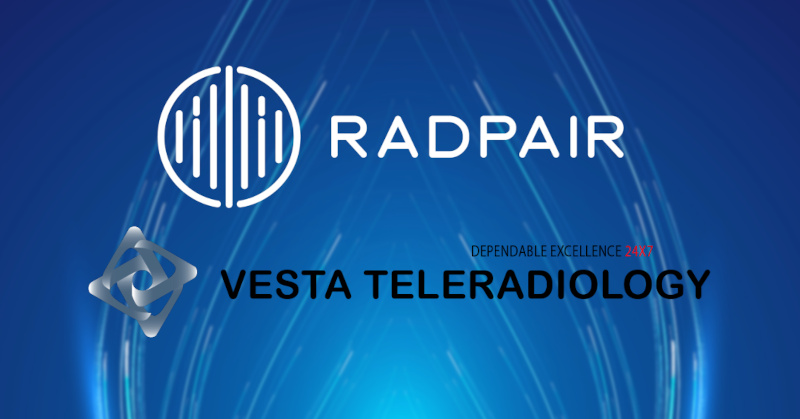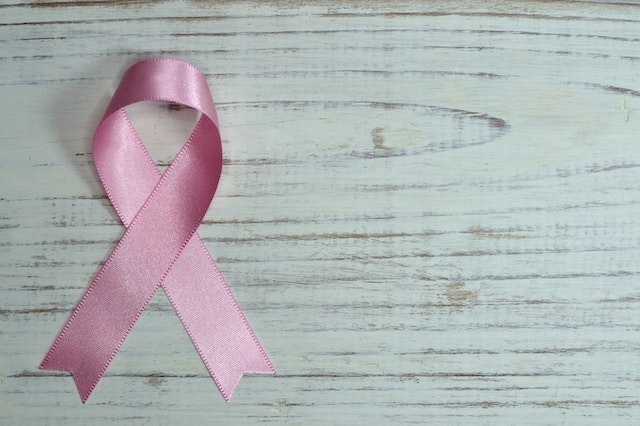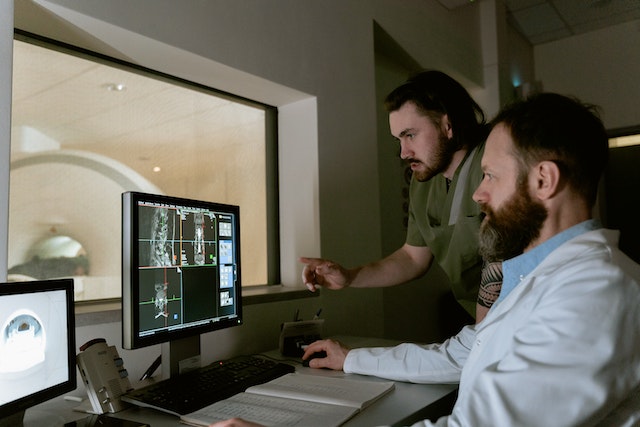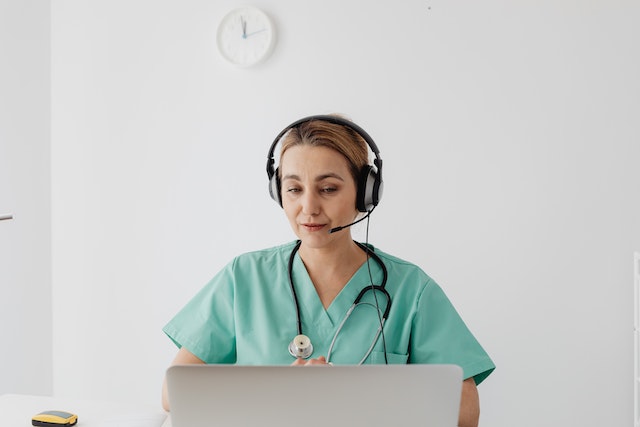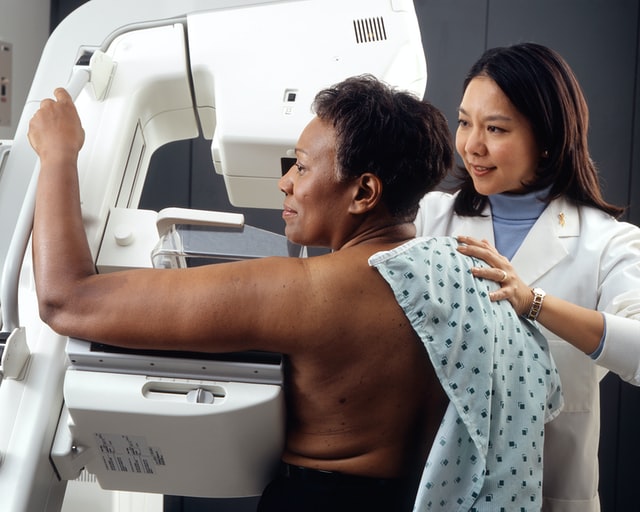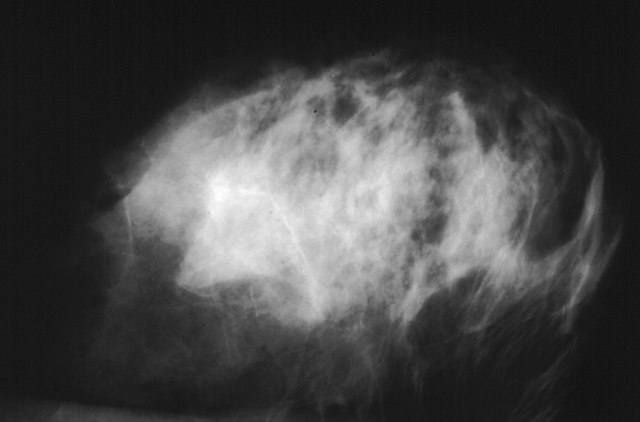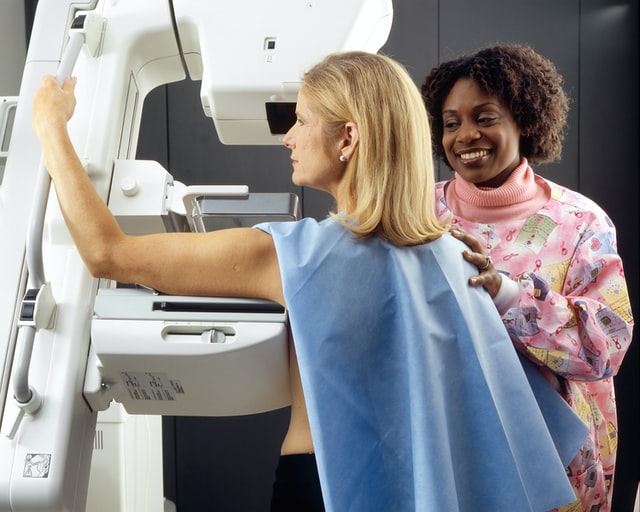Effective September 10, 2024, the FDA has mandated updates to the Mammography Quality Standards Act (MQSA) regulations. Facilities must comply with new requirements, including breast density notifications in mammography reports and patient summaries.
What are the Key Updates?
Mammography Reports: Must include the facility’s name and location, a final assessment of findings in specific categories, and an overall assessment of breast density.
Patient Lay Summaries: Must include the patient’s name, facility information, and a breast density notification statement.
Communication of Results: For findings categorized as “Suspicious” or “Highly Suggestive of Malignancy,” reports must be provided to healthcare providers and patients within seven days. For incomplete assessments, follow-up reports must be issued within 30 days.
Medical Outcomes Audit: Annual audits must include metrics such as positive predictive value, cancer detection rate, and recall rate for each interpreting physician and the facility.
Additional requirements include maintaining personnel records for a specified duration, stringent recordkeeping of original mammograms and reports, and protocols for transferring or releasing mammography records within 15 days upon request.
Facilities failing accreditation three times cannot reapply for one year, and all mammography devices must meet FDA premarket authorization requirements.
These updates aim to improve the quality and accuracy of mammography services and ensure better patient communication and record management.
Facilities that must comply with the Mammography Quality Standards Act (MQSA) include:
- Mammography Facilities: Any facility that provides mammography services, which includes hospitals, outpatient imaging centers, and private radiology practices.
- Mobile Mammography Units: These are mobile facilities that travel to various locations to provide mammography services and must meet the same MQSA standards as stationary facilities.
- Diagnostic Clinics: Clinics that perform diagnostic mammography to further investigate abnormalities found during screening mammograms.
- Screening Centers: Facilities that focus on providing routine mammograms to screen for breast cancer in asymptomatic women.
These facilities are required to comply with MQSA regulations to ensure high standards of care, including the quality of mammography equipment, the qualifications of personnel, and the quality of mammogram images. If you partner with a teleradioloy company like Vesta, we ensure reports adhere to these updates. Vesta is always ahead of the curve when it comes to regulations and working with their clients not only to educate them on what is coming but also work closely with them to put in place and roll out any new requirements.
Sources:
fda.gov/radiation-emitting-products/mammography-quality-standards-act-and-program/important-information-final-rule-amend-mammography-quality-standards-act-mqsa
openai.com
